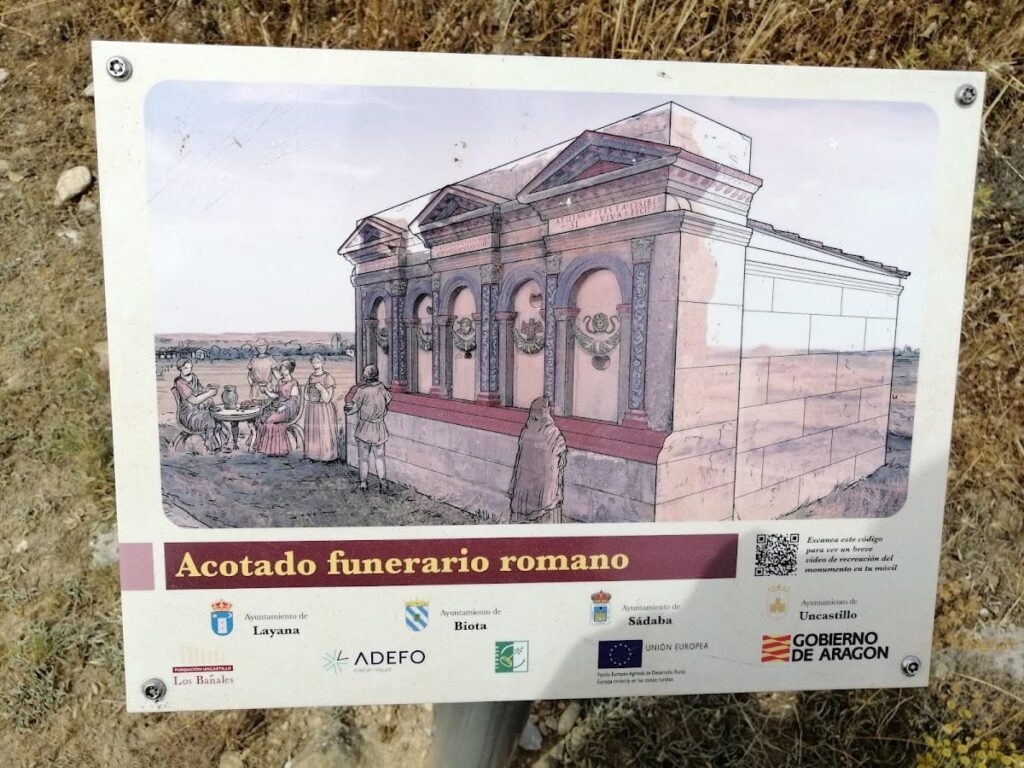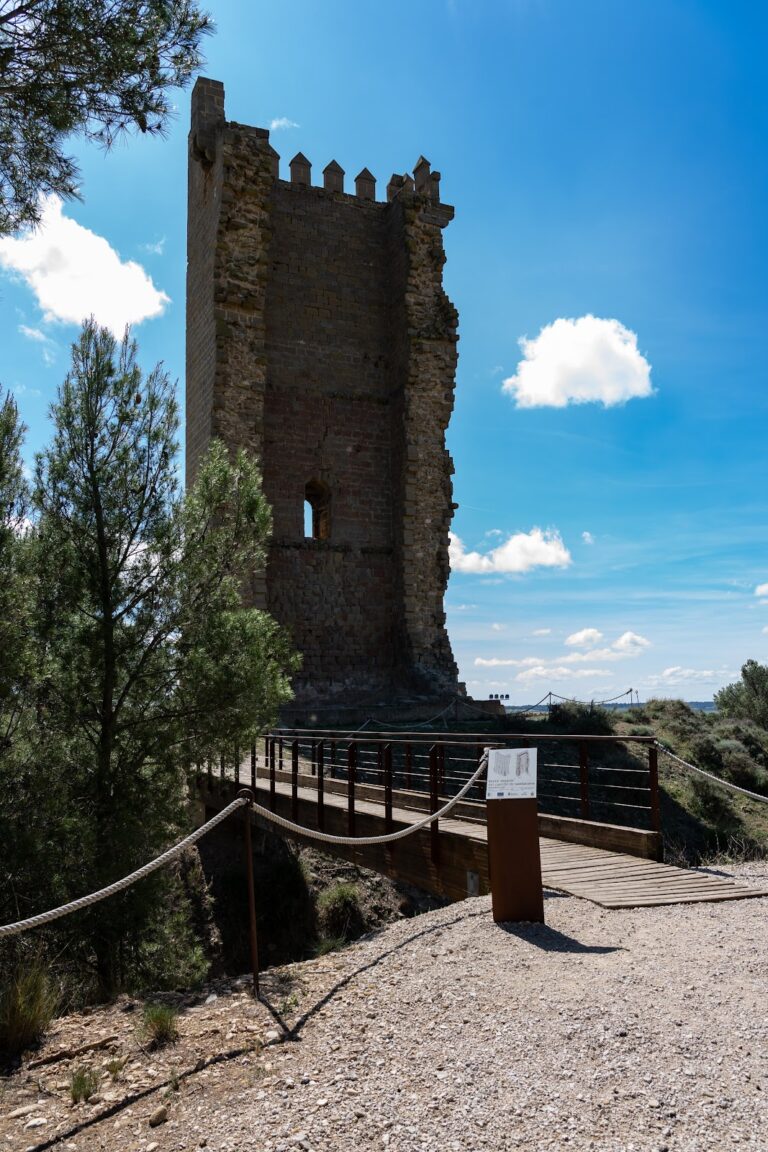Los Atilios Mausoleum: A Roman Funerary Monument in Aragón, Spain
Visitor Information
Google Rating: 4.5
Popularity: Very Low
Google Maps: View on Google Maps
Official Website: www.sadaba.es
Country: Spain
Civilization: Roman
Remains: Burial
History
The Los Atilios Mausoleum is located near Sádaba, in the province of Zaragoza, within the autonomous community of Aragón, Spain. It was built during the Late Roman Empire, around the 2nd or 3rd century AD, by a Romanized aristocratic family known as the Atilii. This area had been under Roman influence since the 2nd century BC, following the conquest of the local Suessetani Celtic tribe.
After the Roman conquest, the region initially remained under the administration of the Vascones, allies of Rome. However, due to the fertile plains and economic value of the land, the Romans soon established direct control. The mausoleum reflects the presence of a rural elite who adopted Roman customs and language, as seen in the Latin inscriptions commemorating family members.
The mausoleum served as a burial site for three generations of the Atilii family, including Gaius Atilius Geialis, Lucius Atilius Festus, and Atilia Festa. It lies close to an ancient Roman road that connected important cities such as Caesaraugusta (modern Zaragoza), Pompaelo (Pamplona), and Asturica Augusta (Astorga), indicating the strategic location of the family estate.
In modern times, the mausoleum was declared a historic-artistic monument on June 4, 1931. Archaeological efforts, including a 3D reconstruction in 2016, have helped document and preserve its remains as part of the Los Bañales archaeological project.
Remains
The Los Atilios Mausoleum was constructed using local sandstone and originally featured a façade measuring about 9.20 meters wide and 4.72 meters high. Today, only the main portal wall remains standing. The façade included five arched niches separated by smooth pilasters, topped with pediments and a cornice decorated with cymatium moldings, a type of ornamental molding.
Decorative elements on the façade included garlands and emblems. The two outer niches were adorned with five-petaled floral motifs. The central niche displayed a Medusa head, a common protective symbol in Roman art, flanked by an eagle and a pickaxe tied with a bandage, whose meanings remain linked to the family or local symbolism.
Beneath the central niche, three Latin inscriptions honor members of the Atilii family and record their roles in commissioning the mausoleum. These inscriptions provide valuable information about the family’s identity and their involvement in the monument’s construction.
The mausoleum is situated about 300 meters from the A-1202 road, near the boundary of the municipalities of Sádaba, Uncastillo, and Layana. It stands close to the Roman city of Los Bañales and a nearby chapel. The structure remains in situ, with its surviving wall offering insight into Roman funerary architecture in this region.










